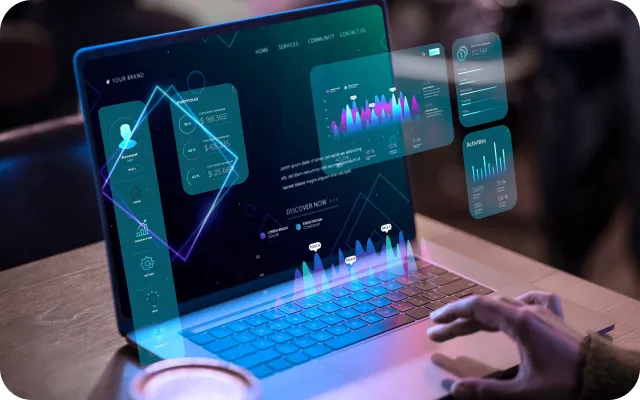
The Evolving Threat Landscape
As technology continues to advance at a rapid pace, the threat landscape for cybersecurity also evolves.
Learn moreThe Importance of Multi-Layered Security
In the world of cybersecurity, a "one-size-fits-all" approach is ineffective.
Learn moreCommon Cyber Threats and How to Mitigate Them
Cyber threats come in many forms, each with its own set of risks.
Learn moreEmployee Training in Cybersecurity
One of the weakest links in any organization's cybersecurity defense is often its own employees.
Learn more





